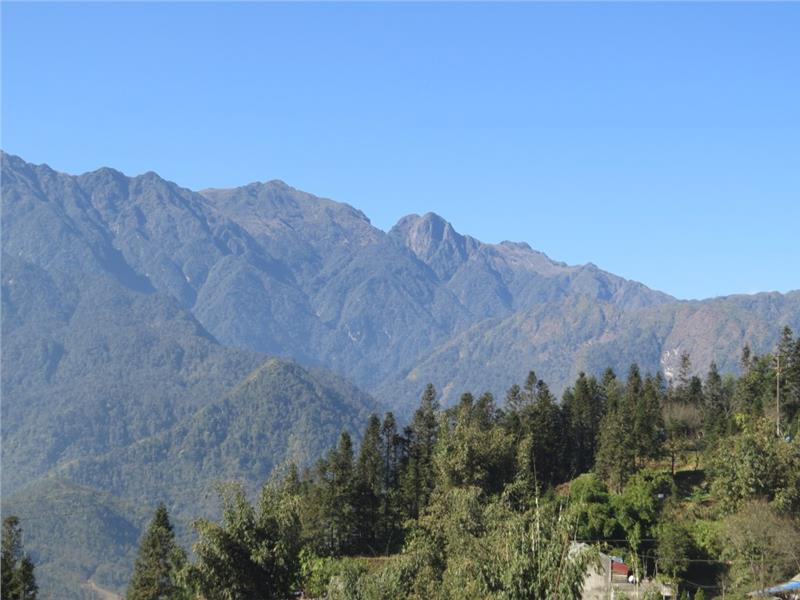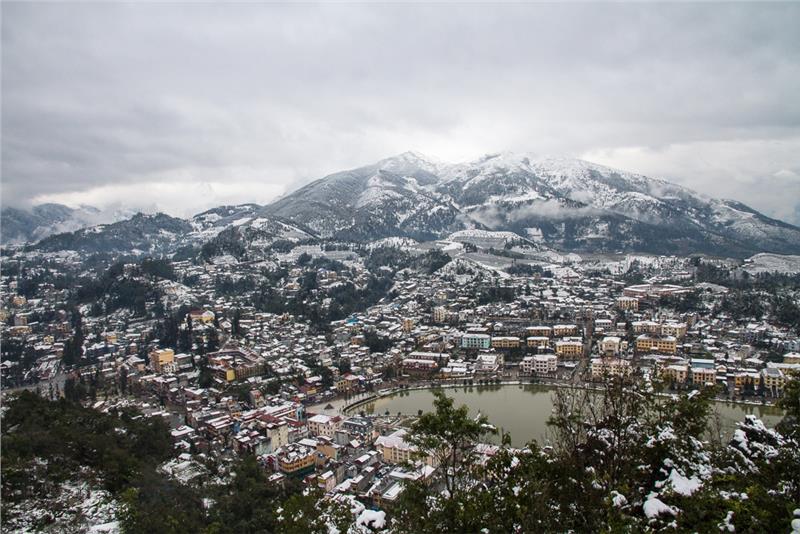Weather in Northwestern Vietnam is characterized by two main patterns of topography, plain and mountains. These types of terrain divide northern Vietnam into three major areas including delta area, central uplands area, and mountain area. The northern climate is continental climate, as affected by the weather of Chinese mainland. Meanwhile, a part of coastal area is influenced by features of subtropical climate and land-based monsoon. As being characterized by tropical climate, the north of Vietnam has four distinct seasons of spring, summer, fall, and winter. Annually, the weather is impacted by northeast and southeast monsoons. The average temperature is about 250C, and then gradually increases from north to south; the average rainfall is ranging from 1700 to 2400 mm.

Northwestern area in Northern Vietnam contains inland provinces, two of which are located along Vietnam-Laos border, and one with China. Northwest is a region consisting mainly of medium and alpine mountains. This is a place where the highest fragmented and rugged terrain exists in Vietnam. The common terrain types are high mountain ranges, deep valleys or gorges, middle- altitude plateaus of limestone. The most voluminous and highest mountain range is Hoang Lien Son Mountain Range with many mounts peaking over 2500m high, especially the tallest one, Fansipan Mount with 3143 meters. With this type of topography, Vietnam weather in the northwest area is described by tropical climate influenced by monsoon. Monsoon regimes are different from time to time. In summer, the southwest monsoon makes weather in the region hot and dry with heavy rains, while in winter, the northeast monsoon brings a cold, dry, less rainy weather. The wind regime creates a somewhat harsh weather, causing dry heat, drought, and frost, which hinders local production and daily life.

Although there is no difference between the regions in general climate, the expression of the weather differs horizontally and vertically. Hoang Lien Son Mountain Range stretches towards Northwest – Southeast, which plays a role as a wall preventing and weakening winter winds blowing from northeast to southwest passing to enter northwestern territory. Therefore, unless being influenced altitude, the Northwest Vietnam weather is generally warmer than that in the Northeast, the gap of temperature may be 2 -3 Celsius degree. In mountainous area, Foehn (blowing from Laos) is formed when blowing down valleys, most notably in the Northwest. Overall, in terms of the mountainous terrains, the climate distortion occurs everywhere in the region. The climate incidences in mountainous areas are extreme. Northwestern Vietnam climate witness small fluctuation in the condition of weather, it is relatively cool all year round. In wet season, you can have a chance to see an extreme of snow or flurry in December and January in Sapa. During this time, the weather is much colder than that in the northeast part. The temperature may be under 100C for long period.
To sum up, with this unique weather in Vietnam, Northwestern part is a great destination for all adventurous trips. The ideal periods in year are suitable to travel here is from September to November, or from March to May with moderate weather (sunny days). In April and May, the area witnesses the wonderful beauty of terraced fields, and colorful flowers. From December to February, the weather here is extremely cold, even snow sometimes appears somewhere in this part.
